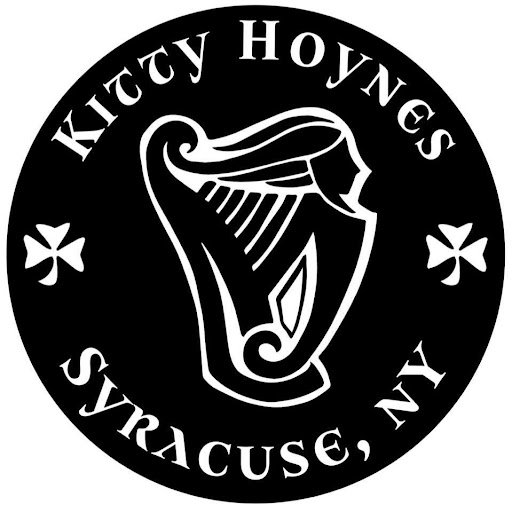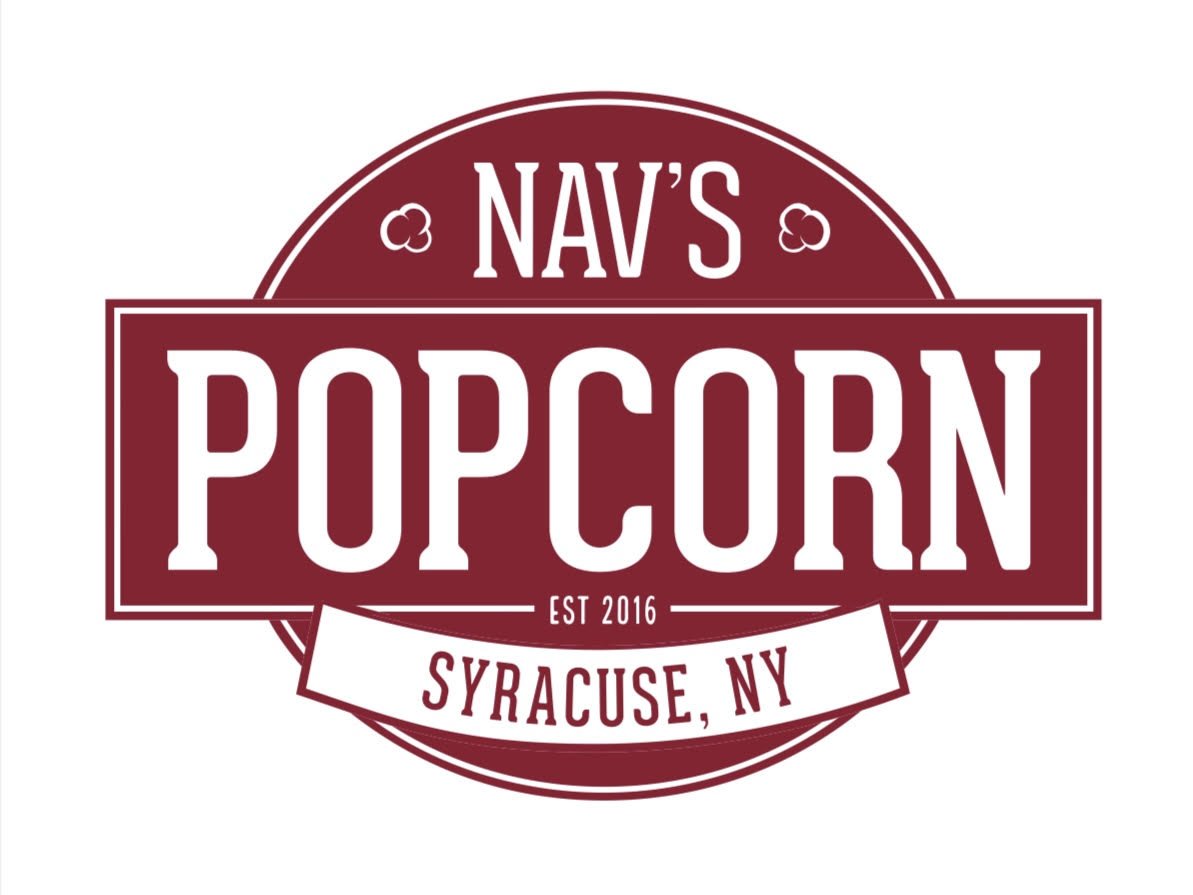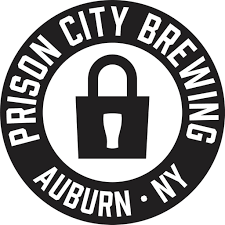Grovetoberfest, Coconut Grove, Florida
It’s most likely that by now you’ve seen some sort of Oktoberfest beer to honor this yearly tradition of the same name. Beer loving patrons will snap these up before they quickly become replaced with winter and Christmas ales. Before these tasty ones have had a chance to come and go, let’s take a look at a little history.
Ah, Oktoberfest, a German celebration with endless beers to match the name. I’ve often been asked why the celebration itself is held in September. Is the German translation of the month wrong? No. Are the Germans in a hurry to party? Sort of.
It turns out that back in October 1810, in Munich Prince Ludvig of Bavaria married Princess Theresia von Sachsen-Hildburghausenthe. Since the wedding took place around the same time as traditional harvest festivals, Munich threw a huge party that year to celebrate the royal wedding. It was such a hit that this wedding celebration became immortalized as today's Oktoberfest, a sixteen-day celebration. It was eventually moved to September to allow for better weather conditions. Today, the event runs through both September and October.
At the original Oktoberfest in Munich, only beers that conform to a strict German law known as the Reinheitsgebot may be served. Also known as the “Beer Purity Law,” established in 1516, the Reinheitsgebot basically states that beer can only be made from barley malt, hops, and water. Eventually malted wheat and yeast was approved (what would the world be without a Hefeweizen?). It’s no coincidence, then, that German beers are among the finest in the world, due in part to this law, but also to tradition.
German for a day
While the official Oktoberfest beer in Munich is the Festbier, most Oktoberfest beers in the U.S. are actually Märzenbiers – copper colored aromatic, toasty and full bodied lager beers. These beers are typically made with amber malt that is caramelized by gentle roasting. The word märzen, German for the month of March, was chosen to describe this type of beer for the month in which it is brewed. Why then, would a spring-brewed ale be known as an Oktoberfest beer? In the Middle Ages, brewers had a rough time brewing beers during the summer months when air-born bacteria could infect the batches. To have enough beer on hand during the summer, they worked overtime in March to brew an extra strong and well-hopped beer that would keep for a long time. As the weather cooled down and it was safe to brew again, the märzen kegs needed emptying out to make room for the new brews. The Germans had no trouble finishing them in a timely manner, and so March beer turned into an October beer.
At the original Oktoberfest in Munich, the Oktoberfestbiers provided are supplied by six breweries: Spaten, Löwenbräu, Augustiner-Bräu, Hofbräu-München, Paulaner and Hacker-Pschorr. Only beers that are brewed within the borders of the city of Munich can be sold here. While it may not be feasible for us to attend, (this year has been cancelled again due to Covid-19) not only can we sample these beers (depending on availability), but we can also try our American counterparts. Tops on my list are Octoberfest by Saranac, Great Lakes Brewing Company’s Oktoberfest, and Brooklyn Oktoberfest. Check out your local beer shop or grocery store’s seasonal selection and have at it!
While Oktoberfest may sound like a contradiction in time, the celebration and its beers are something to enjoy while they last. Before you know it, you’ll all be saying Auf Wiedersehen to these babies and wishing you could have another pint, so pour till there is no more!
Zum Wohl!









